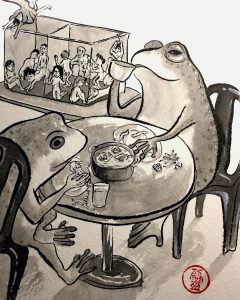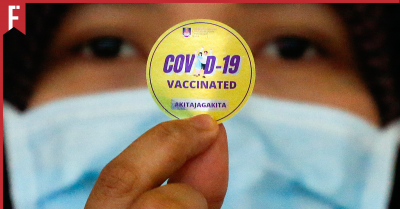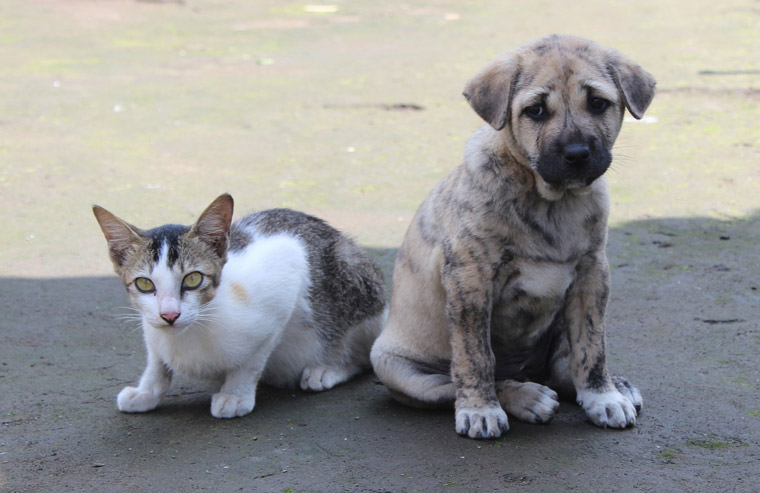
My parents weren’t very happy about it. They scolded me whenever they saw me feeding the dogs, saying things like “Don’t touch that! Dirty lah!” and “Finish the food on your plate, don’t give to the dog!”
As I grew up, I realised that it wasn’t just me. Most Malaysians are reluctant to feed stray animals at eateries. The restaurant owners themselves often dislike having strays around because it makes their eateries look dirty — especially when well-meaning customers throw food on the ground for the animals to eat.
Yet unlike what most people assume, feeding stray animals can actually be helpful.
A Kinder Solution
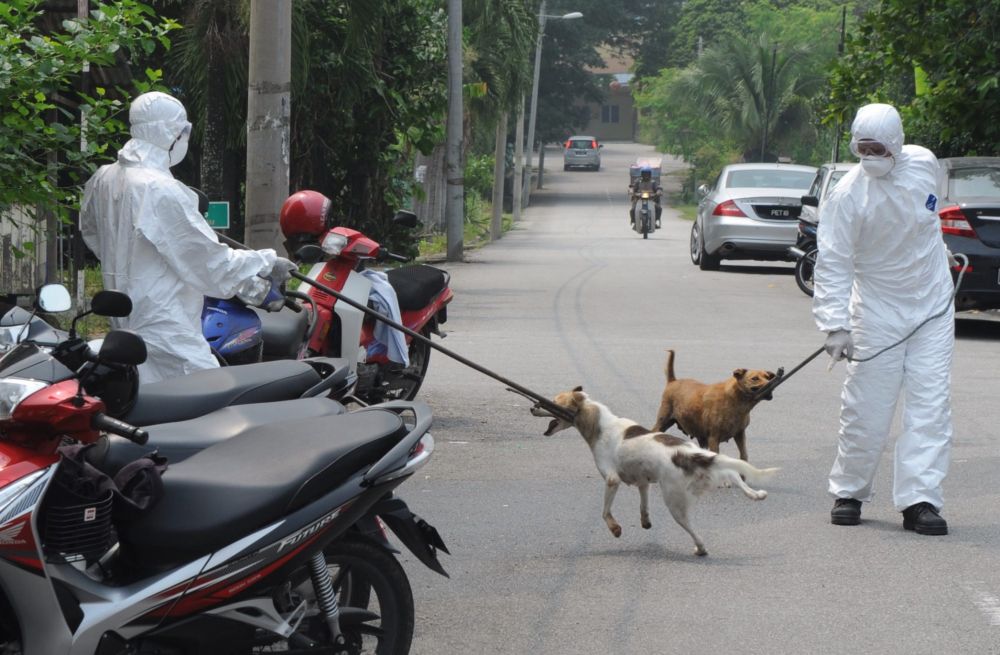
There are many people who’ll complain about feeding strays. I have plenty of friends or relatives who talk about how we should ignore strays instead of “encouraging them to breed”. Even worse, some will go out of their way to kill strays via poisoning, shooting or even employing private hunters.
According to experts such as Persatuan Haiwan Terbiar Malaysia (SAFM) these actions aren’t just cruel — they’re short-sighted. The fact is, hungry animals will still breed, and improper stray management will only make the situation worse.
Suffering Through the Pandemic
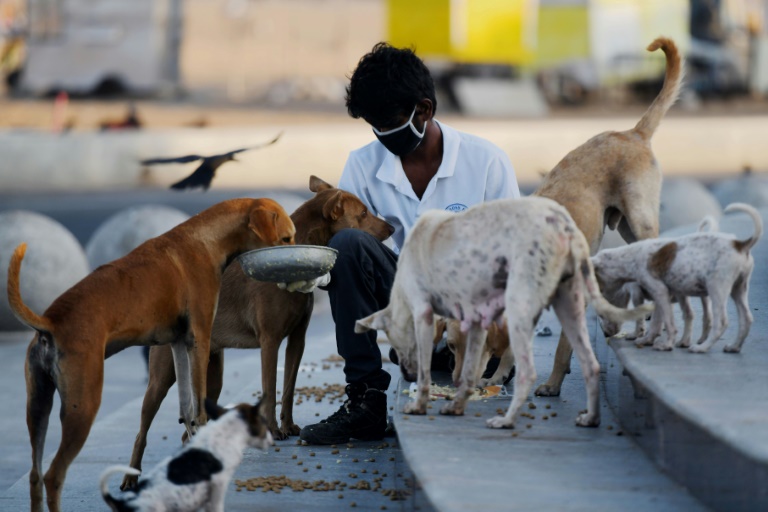
While stray animals aren’t affected by COVID-19 the same as humans, the CMCO situation has hit them just as hard. In particular, the closure of many eateries has made it even harder than usual for strays to find food.
To make matters worse, the number of strays has recently gone up… mostly due to irresponsible pet owners. Since the start of the pandemic, NGOs such as the Malaysian Animal Association have been reporting up to three times as many pet dumping incidents compared to a normal year.
Without any safe and reliable source of food, many strays will start to starve. Unless something changes, authorities are worried that some strays may become more aggressive out of hunger and desperation.
Why Should We Help?
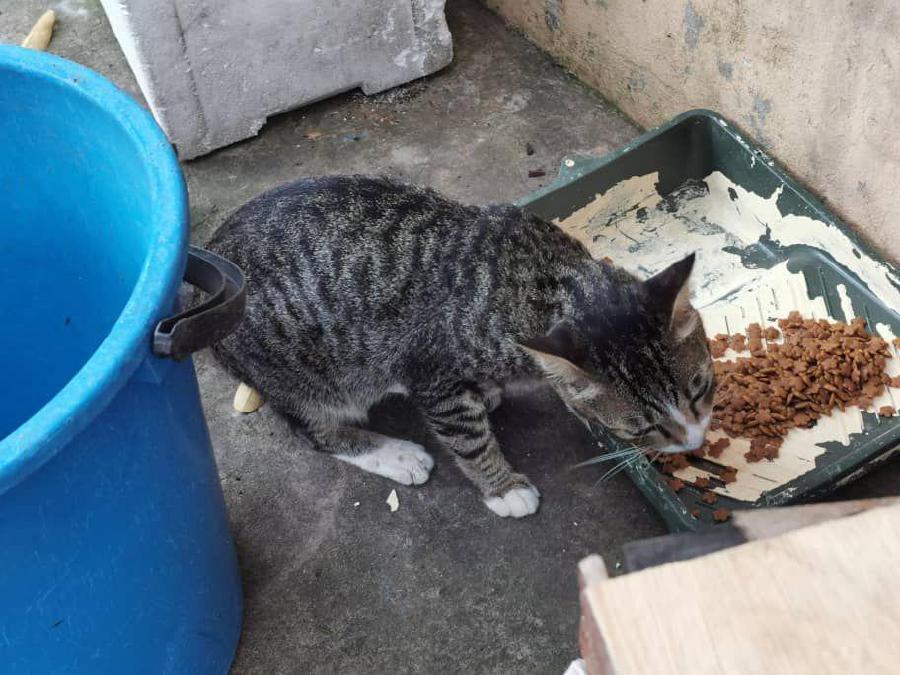
Aside from simple compassion?
Despite what some may assume, stray animals aren’t going to disappear just because we ignore them. While some callous individuals will insist that we need to cull their numbers, starving them isn’t the solution.
Putting aside the heartlessness of that idea, do we really want to risk having hungry, desperate animals roaming the streets?
A stray’s life is hard enough as it is. Even if they get fed, not many of them will live as long or as happily as a domestic pet. Without access to vaccinations or medicine, many strays end up riddled with parasites and diseases, which is why Feeding Stations and Trap, Neuter/Spay and Release (TNR) programmes are an effective way of reducing their numbers.
That said, while feeding stray animals can help in the short term, if done incorrectly, it can make them too dependent in the long term. As such, it’s important to keep the following information in mind when it comes to feeding strays.
The Do’s and Don’ts
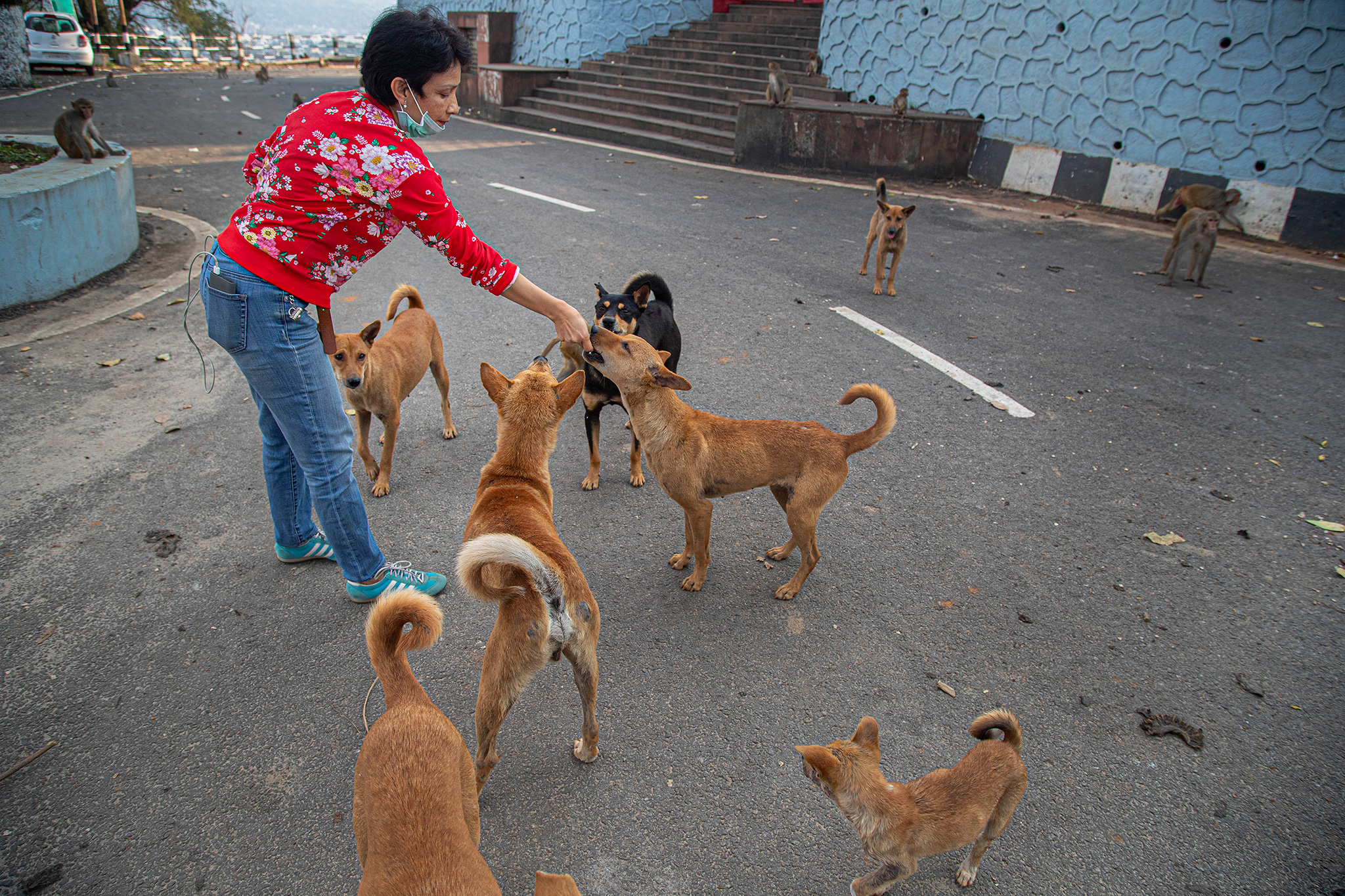
So what are the do’s and don’ts when it comes to feeding stray animals?
DO’s:
Pick a feeding spot far away from eateries
Stray animals will tend to gather in places where they know they can gain access to food. By picking a safe spot further away from eateries and other busy areas, you can ensure a safe and undisturbed feeding routine for both the animals and ordinary diners.
Be consistent
When it comes to feeding strays, consistency is important. The strays will quickly learn the feeding schedule, and making them wait later than usual will only cause agitation. Choose a specific feeding time (preferably before 7am or after 5pm) and make sure to always bring the food around that time.
Appropriate feeding
Be mindful about the type of food you’re feeding them. Not all human food is safe for animals to consume – for example, chocolate is poisonous to dogs, while onions and garlic are dangerous for cats.
DON’TS
Petting
Stray animals tend to be dirty and can pick up all sorts of diseases. Aside from that, if the strays get too used to petting, they might start seeking out the same affection from other people, which can be dangerous if they run into someone who is abusive to animals.
Feeding too many at once
Stray animals — especially dogs — tend to be very territorial, so avoid feeding a pack too close to another. The last thing you want is to get caught in a dog fight. Literally!
Showing Some Compassion
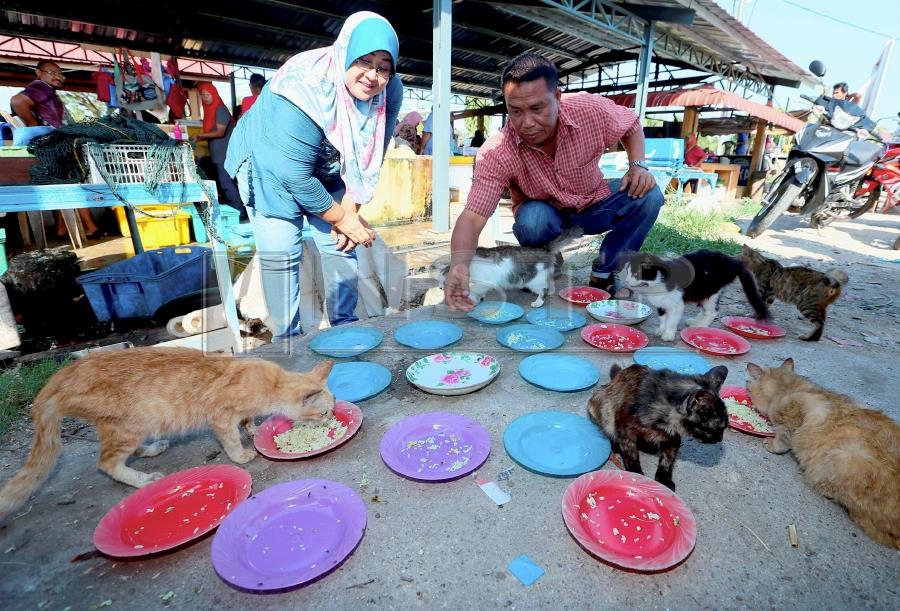
If you’re interested in doing your part to stop animal cruelty and reduce the number of strays in Malaysia, you can contact local NGOs such as SAFM to donate your time or money.
While many consider strays to be a nuisance, the truth is that they deserve just as much love and compassion as your own furry friends at home. After all, that scrawny-looking dog or cat begging for food might have been a victim of pet dumping, just like many other innocent animals across the nation.

